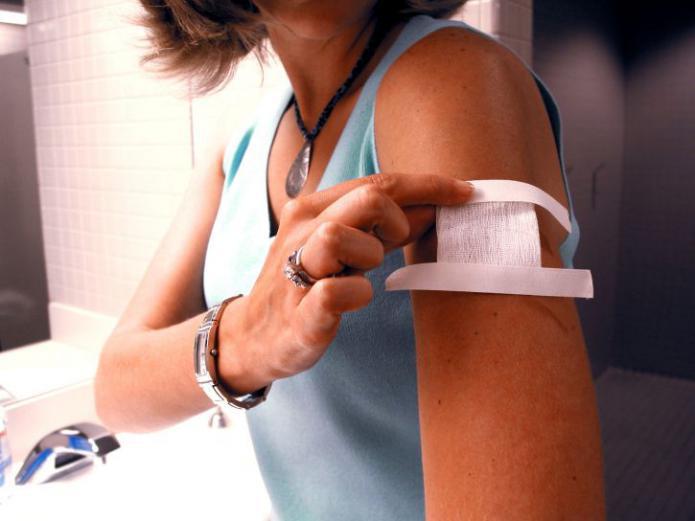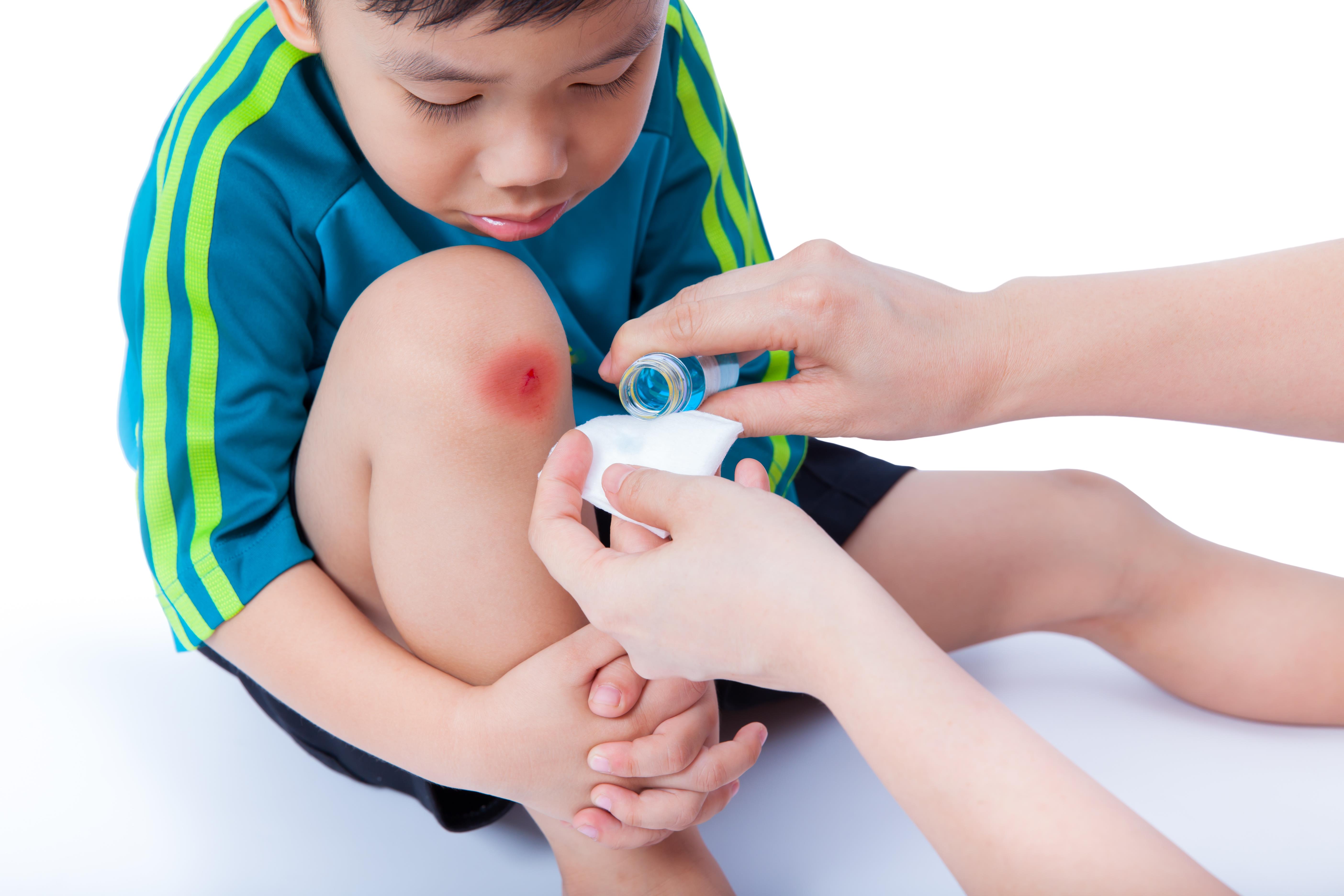
Types of Gauze Dressings | Woven vs Non-woven Gauze | Features of Gauze Dressings | How to Apply Gauze Dressing?
In layman’s terms, a medical gauze is a sterile pad that is applied to the wound to shield it from contamination and further infection of any kind. The gauze makes sure the wound stays sterile and the healing is uninhibited. In earlier times, the gauze was doused in an antiseptic liquid and then applied to the wound, but nowadays, most medical gauze comes equipped with antiseptic and antibiotic properties.

There are three major types of Gauze Dressings based on the difference in characteristics and the work they do.
Impregnated Gauze - The dressings are completely coated with antiseptic or antibiotic liquids that help in reducing infection and promote faster healing.
Wrapping Gauze - They are usually used for securing the wound so that it doesn’t get contaminated. They are made using cotton or a nylon-rubber mix to add to the padding effect.
Sponge Gauze - They are not as their name is, as they aren’t made of sponge. Any gauze dressing folded into a square is referred to as a sponge gauze.
Anti-microbial Gauze - Its main function is to keep microbes and bacteria away from the wound.
Conforming Gauze - A flexible gauze dressing, it can be stretched or folded according to one's needs and fits all wound types.
Drain Gauze - They are usually used to swab the wound so that all the blood and debris is cleared. These drain gauzes also collect the necrotic tissue so that it doesn’t infect the wound.
Bordered Gauze - The borders of this gauze are adhesive so that it can easily stick to the wound without any medical tape. The center is absorbent and soaks in all the debris and blood.
| Woven Gauze Dressing | Non-Woven Gauze Dressing |
|---|---|
| A loose open weave | Fibers pressed together to resemble a weave |
| Allows the healing liquid to be absorbed into the wound | Greater absorbency and improved wicking capacity |
| Made of a cotton mesh | Usually made from artificial fibers such as rayon or nylon |
| It is generally used where debridement is necessary | It is generally used where more secure padding is needed |
| It is a commonly used gauze while treating a wound as it collects the necrotic tissue | It is soft, bulky, and stronger than other gauze types |
Woven gauze dressings are made of cotton fibers and hence many a time flake lint. This causes the deposition of lint in the wound which is harmful if it is a cut or a deep wound.
Stems the bleeding - It closes the wound and thus helps the body to clot first and then heal the wound.
Absorbs debris - Debris such as outside contaminates and necrotic tissue needs to be cleaned, and the gauze absorbs all these.
Reduces pain - The analgesic applied with the gauze helps clean the wound as well as reduce the burning sensation of the wound.
Protects from infection - The gauze acts as a shield from outside contamination and thus protects the wound from infections of any kind.
It is fairly simple to apply a gauze dressing if the wound is a basic one. If the injury is serious and the wound is deep, then rushing to the nearest hospital is a must.
The wound must be cleaned properly using an anti-septic liquid thoroughly before using the gauze. Always wash your hands first and see to it that all the things used are sterile so that there is no infection of any kind.
If the wound needs simple covering, then press the gauze slowly over the wound and use medical tape to pack it.
If the wound needs to be packed, then proceed with a light hand and bed the wound with the gauze. Do not stuff it tightly as the wound needs to breathe.
Depending on the exudate released, the gauze must be changed a number of times in the day.

Shower shield water barriers are designed to protect your dressing from moisture. These shower patches protect the wound from water-borne infections by keeping moisture away. One can shower independently without getting worried about the wound. Shower shields are water-tight and air-tight. These shower patches are designed according to various parts of the body like – elbow, arms, chest, etc. Dressing protectors are made of plastic or synthetic rubber-like material to help avoid any disruption in the wound healing process. You can check brands such as – Seal-Tight, Shower Shield, Aquaguard, etc., for the best-quality water barriers and shower shields.
Gauze dressings are an indispensable part of wound care and depending on the wound, one must make sure they use the right kind of gauze. Improper handling of the wound may result in infections and further harm to health. The right kind of gauze dressing will help in the healing process and will also reduce the pain.
Shop Woundcare offers a wide range of Gauze Dressings. Shop Woundcare is your one-stop-shop for all kinds of medical supplies, and we provide the best resolutions for your wellness and safety. Place your order today and get the best online discounts on every purchase.
Gauze Dressing Research Papers
Disclaimer: All content found on our website, including images, videos, infographics and text were created solely for informational purposes. Our content should never be used for the purpose of diagnosis or treatment of any medical conditions. Content shared on our websites is not meant to be used as a substitute for advice from a certified medical professional. Reliance on the information provided on our website as a basis for patient treatment is solely at your own risk. We urge all our customers to always consult a physician or a certified medical professional before trying or using a new medical product.